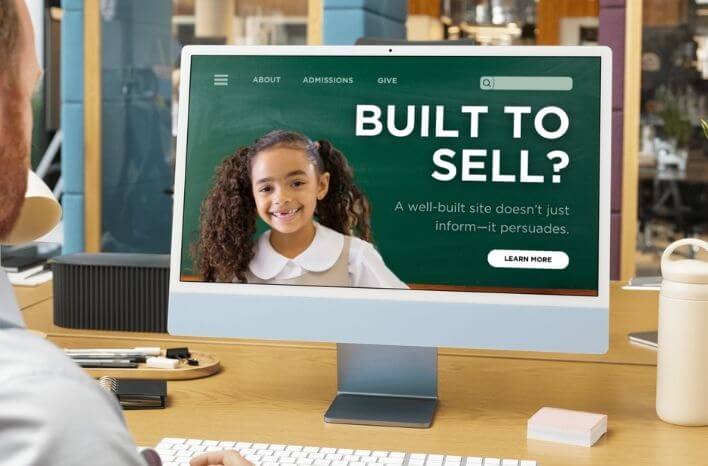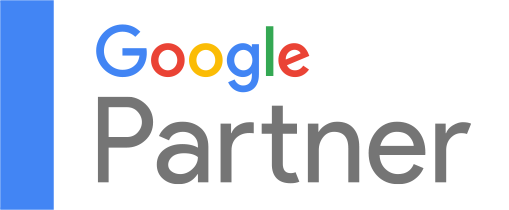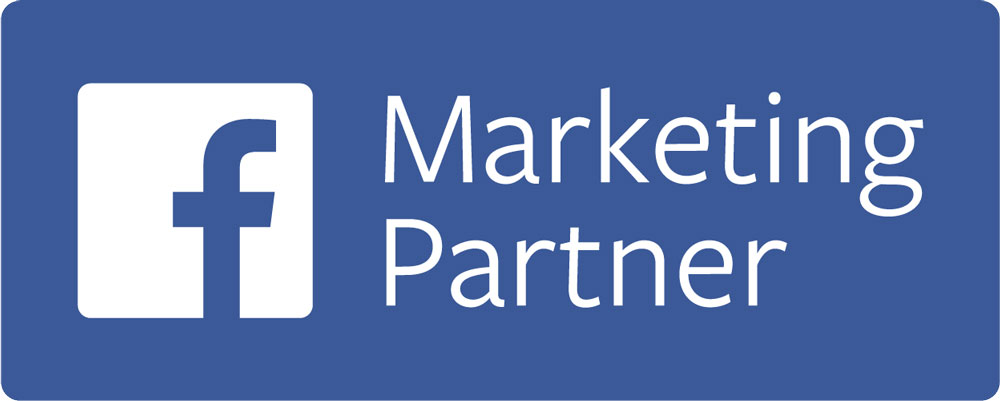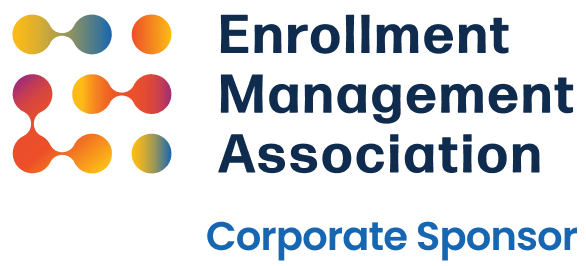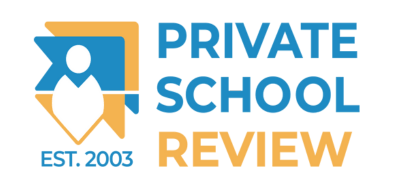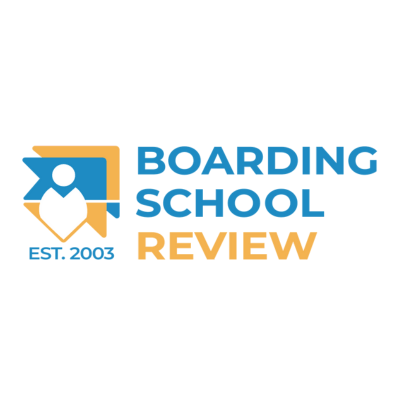You haven’t even gotten past the title, and you’re already grimacing.
Sell?! We don’t use that word in the independent school world!
Well, we are today because your school’s website is the most powerful marketing tool you fully control. Its function is to emote, inform, and persuade potential clients to ultimately buy your services.
That last paragraph had a lot of dirty words!!
So, what can you do to ensure your school’s website is built to sell and not repel?
👇
1- The Very First Page
0.05 seconds.
That’s how long you have to make a worthy first impression. If the visuals are confusing, jarring, or unattractive, site visitors may unconsciously decide one or two things:
- The site is not trustworthy
- The school is not a valuable service
After an unconscious evaluation, the conscious mind will make an emotional decision about your school based on what they see. This includes visual imagery, font, colors, and words (not full sentences or paragraphs…yet).
Seconds later, they will begin to read what’s above the fold while forming a valuation of your school’s worth as it pertains to their wants and needs.
For example, a parent with a rising kindergarten student who values rigorous academics will likely have a higher immediate valuation if she sees that as the first image, compared to a middle school parent who prioritizes foreign language learning.
Ask yourself: Who do we want “buying” our school the most right now?
Action: If it’s high school, the visuals on your homepage above the fold should lean in that direction. When the need changes, update the imagery.
Very important: The mobile and tablet experience must be as polished as your desktop website.
Quick tip: Review your analytics to identify other web pages beyond the homepage and landing pages that bring first-time visitors to your site. Once identified, apply the above exercise to those pages.
2- What Are You Selling?
An in-your-face call to action is great for companies selling $25 widgets (e.g., buy two with this code and free shipping).
Not so much for schools.
According to Marketing Experiments powered by MECLABS, customers may not have a lot of time to scroll. However, they still need the right information to decide what to do next. Below-the-fold CTA buttons can result in a 20% increase in conversions—if you provide valuable, engaging, and persuasive content beforehand.
Ask yourself: Is there enough information 2-3 scrolls down to entice a prospective client to consider starting the purchase process?
Action: On any page (and this should apply to every page you want a prospective client to visit), ensure enough value is provided before including a direct ask for information, such as a form fill.
Very important: A school’s mission statement is an internal compass, not a sales statement. Lead with a value proposition designed to speak to the person reading it. Make it about them, not the school.
3 – Your Best Salesperson Isn’t You
No offense, but you work for the school. It’s your job to recruit clients and secure their investment.
There he goes again. Someone should wash his mouth out with soap!
The voice of your community—those who have experienced your school—is your best salesperson. So, activate them!
Ask yourself: Without cluttering this important sales webpage, how can I better showcase our general and/or specific services?
Action: Include a testimonial on the top new site visitor pages. The testimonial should support the page’s content and help alleviate potential bounce points.
Examples:
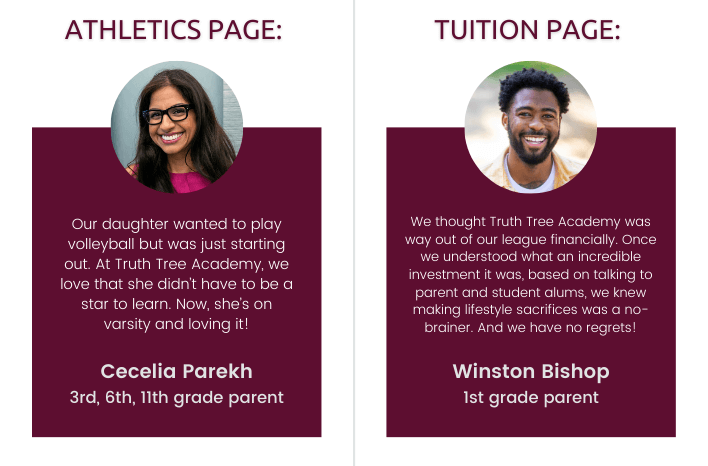
Very important: You’re busy. Don’t stress about updating on-site testimonials every year. If it’s new to a site visitor, it’s fresh for them.
Hey, you did it! You made it through all the dirty words we don’t use in school marketing, or at least didn’t a handful of years ago.
Before you go, here are a few bonus thoughts to help ensure your school’s website is built to sell.
Bonus Thoughts:
- Check out high-end, service-specific companies’ websites—especially those that cater to families—to see how they’ve built their websites to sell.
- When getting feedback on your top sales pages, don’t hesitate to ask prospective clients.
- Sign up for a behavior analytics tool like Hotjar to see what site visitors are doing and identify what’s working and what isn’t.

Trevor Waddington is the founder and CEO of Truth Tree. He leads a blended team of digital marketing experts and former school admissions and marketing personnel to support schools all over the world on their marketing efforts. After years educating a marketing firm on the nuances of his school, Trevor decided schools deserved a marketing agency that understood them AND their audience. And thus, Truth Tree was born.
Is Your Website Ready to Convert without the Audience?
Maybe you just finished a website redesign but aren’t seeing traffic and inquiries from your right-fit audience.
Could Truth Tree’s strategic approach to digital marketing drive healthy traffic to your site?
